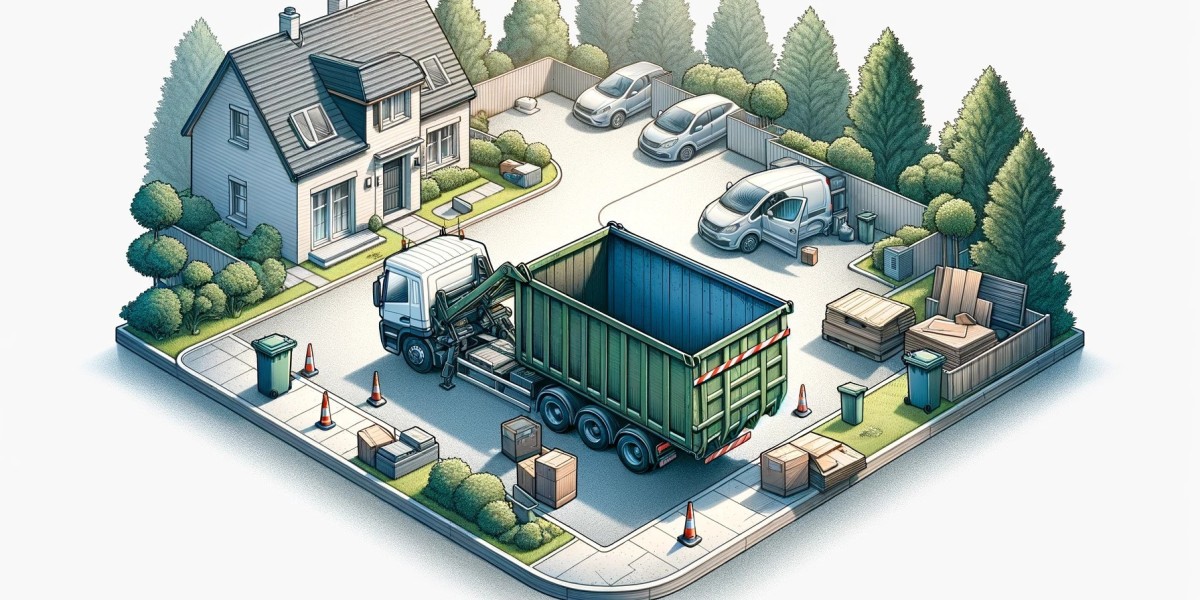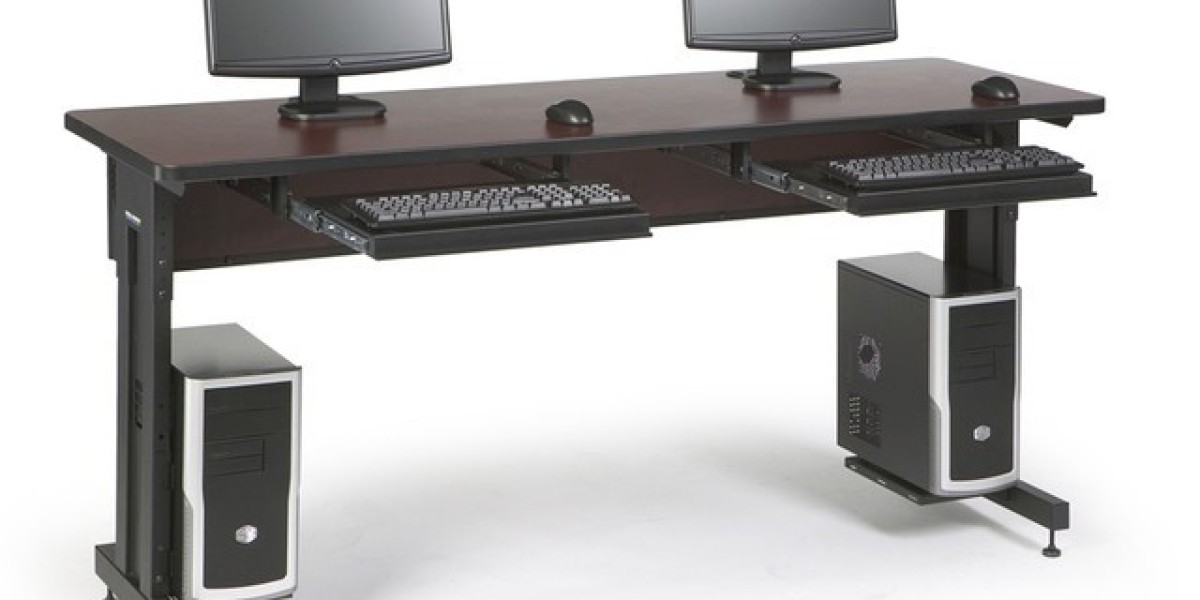1. Assessing Your Site
Before deciding where to place a skip bin, assess your site. Look for flat, stable ground to avoid the bin tipping over. Check for overhead obstacles like trees or power lines. You don't want any hindrances when the bin is delivered or picked up.
Consider the size of the skip bin in relation to your space. Ensure there’s enough room for the bin and any additional equipment needed to load it. If space is tight, you might need to rearrange some items or even trim back foliage to make room.
2. Accessibility
Accessibility is vital for both filling and collecting the skip bin. Place the bin as close as possible to the area where the waste is generated. This minimizes the effort needed to transport rubbish. Make sure the bin is easily reachable for the collection truck too.
Avoid placing the bin in a spot that blocks driveways, pathways, or emergency access points. This is particularly important in residential areas. You don’t want to inconvenience neighbors or create safety hazards.
3. Legal Requirements
In many areas, placing a skip bin on public property, such as streets or sidewalks, requires a permit. Check with your local council for specific regulations. Failing to obtain the necessary permits can result in fines or the removal of the skip bin.
It’s also essential to adhere to any local zoning laws. Some neighborhoods have restrictions on skip bin placements to maintain the aesthetic and safety standards of the community. Always do your homework before finalizing your skip bin placement.
4. Safety Considerations
Safety should always be a priority. Avoid placing skip bins on slopes or uneven ground where they might tip over. Ensure that the bin does not block fire hydrants or emergency exits.
Place the skip bin in a well-lit area if it will be used during nighttime. This helps prevent accidents and ensures that workers can see clearly when disposing of waste. Additionally, using barriers or cones around the skip bin can alert others to its presence, reducing the risk of collisions.
5. Environmental Impact
Consider the environmental impact of your skip bin placement. Avoid placing bins near water sources where runoff could contaminate the water. Be mindful of local wildlife that might be attracted to the waste or disturbed by the bin.
Proper waste segregation within the skip bin can also minimize environmental harm. Make sure to separate recyclables from general waste. This not only benefits the environment but can also reduce disposal costs.
6. Ease of Loading
For ease of loading, place the skip bin in a location that allows for straightforward access. If you're using machinery like wheelbarrows, ensure there's a clear path to the bin. For larger projects, a bin with a drop door can simplify the process.
Having a ramp can be beneficial if a drop door is not available. This allows for easier and safer loading of heavy items. Remember, the less effort required to load the bin, the more efficient your project will be.
7. Community Considerations
Respect your neighbors when placing a skip bin. Avoid placing it in locations that block views, reduce parking spaces, or create noise disturbances. Communicating with neighbors about the temporary inconvenience can foster goodwill and prevent conflicts.
Consider the timing of your skip bin placement. Schedule delivery and pickup during hours that are least likely to disturb the community. This consideration can go a long way in maintaining good relations with those around you.
8. Weather Conditions
Weather conditions can significantly impact the placement and usage of skip bins. Avoid placing bins in areas prone to flooding or high winds. Secure covers or tarps can protect the waste from rain and prevent it from becoming waterlogged.
In hot climates, placing the skip bin in a shaded area can prevent certain types of waste from becoming a health hazard due to decomposition. Conversely, in colder climates, ensuring the bin is accessible in snowy or icy conditions is crucial.
Skip Bins Bayswater
If you’re located in the Bayswater area, finding the right placement for your skip bin is crucial. Skip bins Bayswater services can offer advice on the best spots for your bin to ensure compliance with local regulations. They can also assist with permits if needed.
Utilizing local services means you get the benefit of their area-specific knowledge. They understand the common issues and can provide solutions tailored to your situation. This local expertise can save you time and hassle, ensuring your project runs smoothly.
Proper Skip Bin Placement
Proper placement of a skip bin is more than just finding a convenient spot. It involves considering safety, accessibility, legal requirements, environmental impact, and community relations. By planning ahead and considering all these factors, you can ensure that your project is efficient, compliant, and respectful to those around you. Taking the time to place your skip bin correctly will save you from potential headaches and ensure the job is done right.



